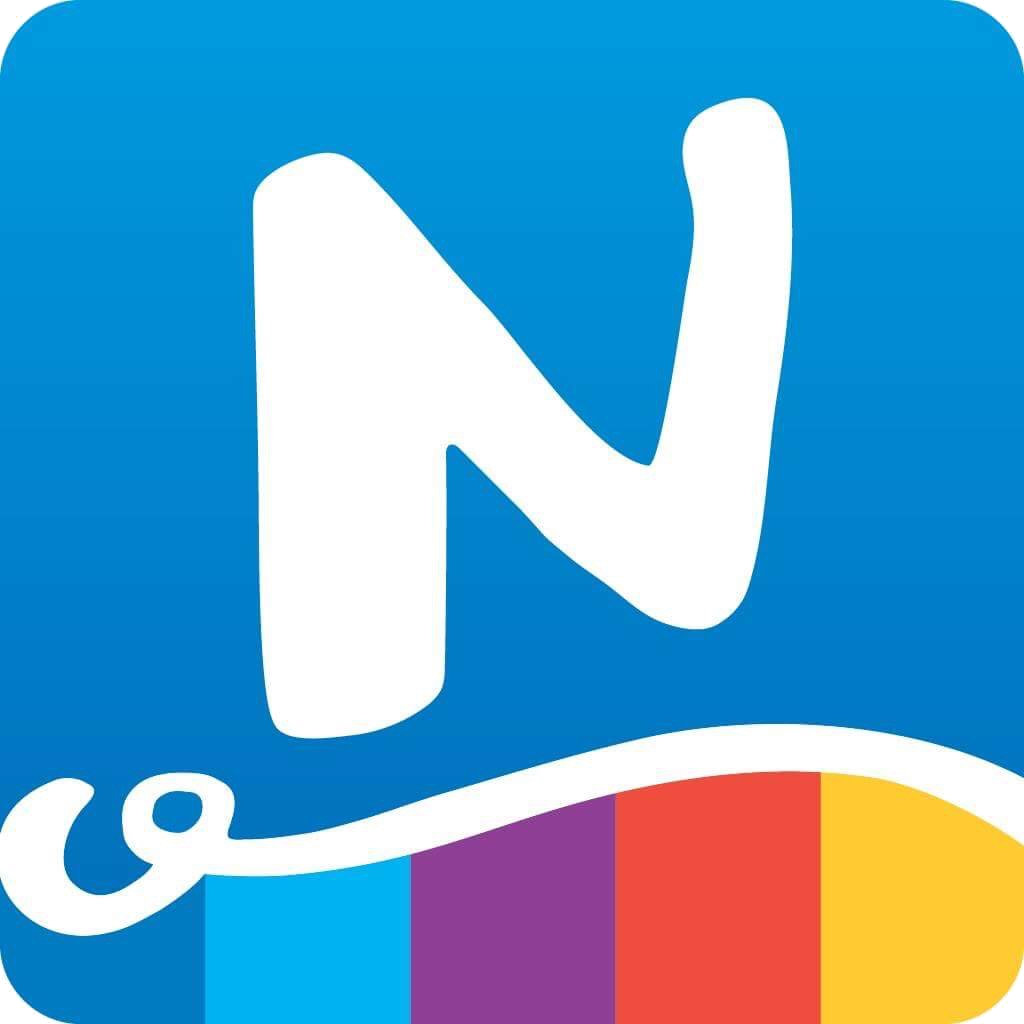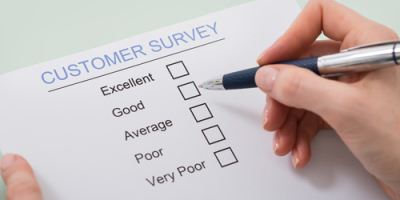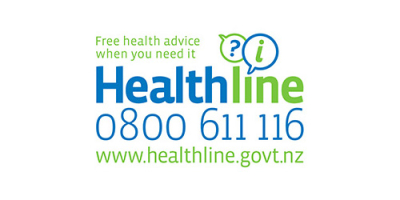Innovative use of data helps drive better emergency response
Quick use of innovative data analysis helped health staff support a massive civil defence, welfare and public health response to the recent severe weather event in Te Tauihu.
At six in the evening, after the emergency was declared, Data Analyst Business Partners, Liz Hegarty and Sydney Kingstone got a call from Nelson Bays Primary Health, concerned about the many vulnerable people in the flood areas.
Hundreds of people had been displaced, rivers were overflowing, roads were blocked, and the heavy rain continued to fall - time was of the essence.
Identifying and locating people with vulnerable health needs in relation to the areas most heavily impacted by the weather, allowed the teams to reach out and escalate welfare needs to the Civil Defence Emergency Management.
“By the time 8.30 am rolled around we had a prototype in place,” Liz says.
“We had a meeting with all the different partners and they all started sending us lists of their clients. We got all the Allied Health clients, District Nursing clients, Te Piki Oranga clients, Whānau Ora clients, among others, and we added them all into the model.
"By midday on Friday, so less than 24 hours later, Sydney was able to produce personalised lists for each partner showing them who their most vulnerable people were in terms of the flooding areas.
“It was very, very fast thanks to the cool tools we’ve got.”

The dashboard developed by Data Analyst Business Partners enabled the teams to connect with vulnerable people affected by flooding. The data shows 2,895 calls were placed enabling timely escalation of welfare needs.
Power BI was used to present the data in useful ways for each agency who was partnering in the response – and the data set grew in richness with each welfare check, phone call and update of information on the ground.
“Over the next few days we kept pushing data out, we kept doing more calculations of who is the most likely to be effected or evacuated, just kept iterating through that and building dashboards,” Liz said.
Meanwhile, the region’s COVID-19 Community Hub had pivoted into an Integrated Emergency Health Needs Response Hub.
The hub fed data into the dashboard, which helped ensure the right help could get to the right people at the right time.
“We had a Microsoft Form in place so that every time someone called one of the their clients and spoke to them they could report the outcome and we could incorporate that into the dashboard and into the next day’s lists to say either ‘don’t call this person, they’re fine’ or ‘this person wants to hear back from someone’,” Liz said.
The team worked in a hybrid model – because so many roads were affected and travel was difficult, Liz worked from home. Sydney was able to access the Richmond hub.
“I was not flood affected at all and was able to come in to a set up an emergency centre or hub - kind of like a smaller EOC (Emergency Operations Centre) for the health response for the flooding,” Sydney said.
“Liz did all of the tactical aspects of producing the data and ensuring that the dashboards were running. I was able to liaise with all of the callers on the ground, get their data clean and give it to Liz.
“From there we could produce encrypted files that would then go out to each of the different groups who were making the calls.
“That combination of someone who could focus on the dashboard and someone who could make it useful to the users in person – that was the key. Data is meaningless without being able to tell a story and being accessible to the relevant users, so for us this style of dashboard was exactly what was needed.”





